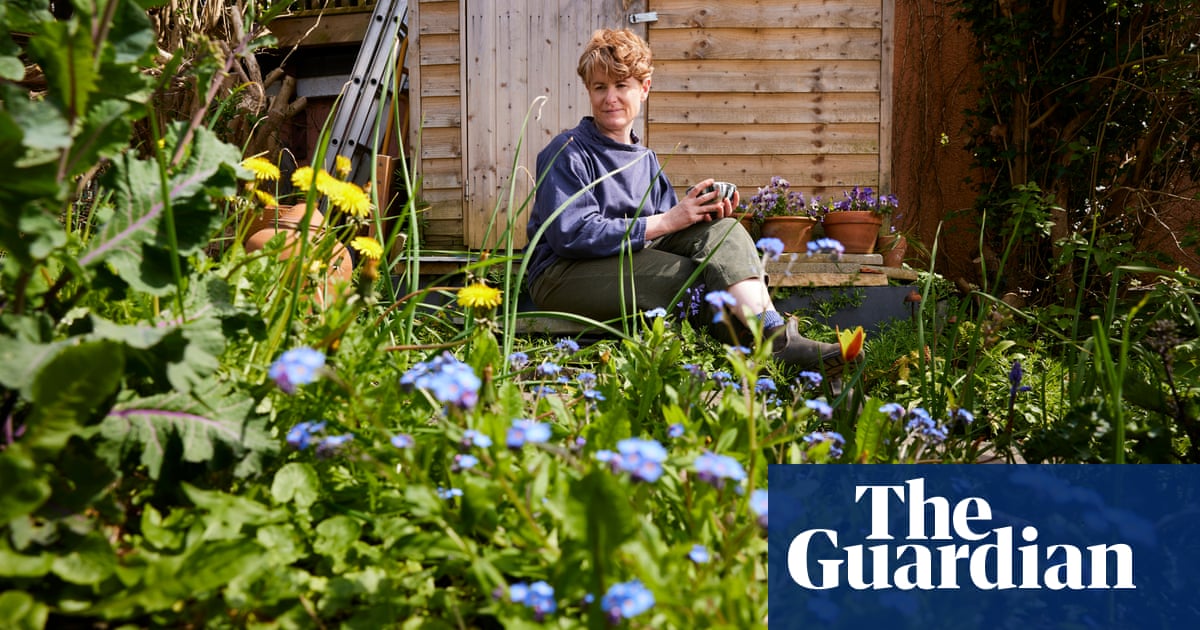
t is forever fascinating to me that human cultures tend to interpret nature in such dramatically different ways. Here in the UK, much of our gardening aesthetic is firmly fixated on flowers (the greater the number of petals and the more dazzling their colour the better). But in some east Asian societies, the focus is all about the amazing architecture of the parts of plants we usually don’t see: the roots.
In Japan, a technique called nearai displays plants that have been removed from their containers and the soil carefully rinsed off specifically to reveal and accentuate the structure of their roots. In the related practice of bonsai, one of the most revered schools is the “root over rock” style, where skilled horticulturists spend years trying to mimic how the roots of rugged mountain trees twist and turn over massive boulders, using specially selected stones and a plethora of ingenious techniques.
This style morphed dramatically when it hit Bali and Hawaii, using jungle species, such as strangler figs, that produce masses of aerial roots. I love the magical structure and form of “Fuku bonsai” or “Hawaiian bonsai”, which looks like something straight out of the Jungle Book crossed with Angkor Wat. These fast-growing tropical species will produce this effect swiftly, and starting out couldn’t be more simple, even for inhabitants of less idyllic climes.
There are really just two simple rules. First, only a few species produce these amazing twists and tassels of roots, the most common of which are the tropical figs. I am a particular fan of Ficus ‘Natasja’, a strangler fig cultivar whose unusually small leaves really help create a convincing sense of scale. The small-leaved Schefflera arboricola is another ideal candidate. These fast-growing species are some of the most affordable bonsai around – you can pick one up for less than £20 in any good garden centre or (in lockdown times) online.
Wonder why you never see these specimens for sale covered in roots? Well, here’s the second rule: they only produce them in extremely humid conditions. We are talking at least 80% humidity (your average living room can be 40% or lower). But all you need to achieve this is a plastic cloche or, at a pinch, even a clear, upturned plastic bucket. Just place your little bonsai on a large tray or dish, spray it generously with water, then pop the cloche over and place it in a bright spot.
Within as little as a week, you will start to see tiny white roots emerging from all over the branches and trunks. In a matter of months these will create beautiful flowing stilts and buttresses. During this time the lid can be removed once a week or so for watering, pruning or training, just give the plant a generous water spritz after opening and before closing it up again. Once these turn brown and woody, your miniature Angkor Wat won’t need the cloche at all, turning a bog standard tiny tree into a true marvel of nature.












